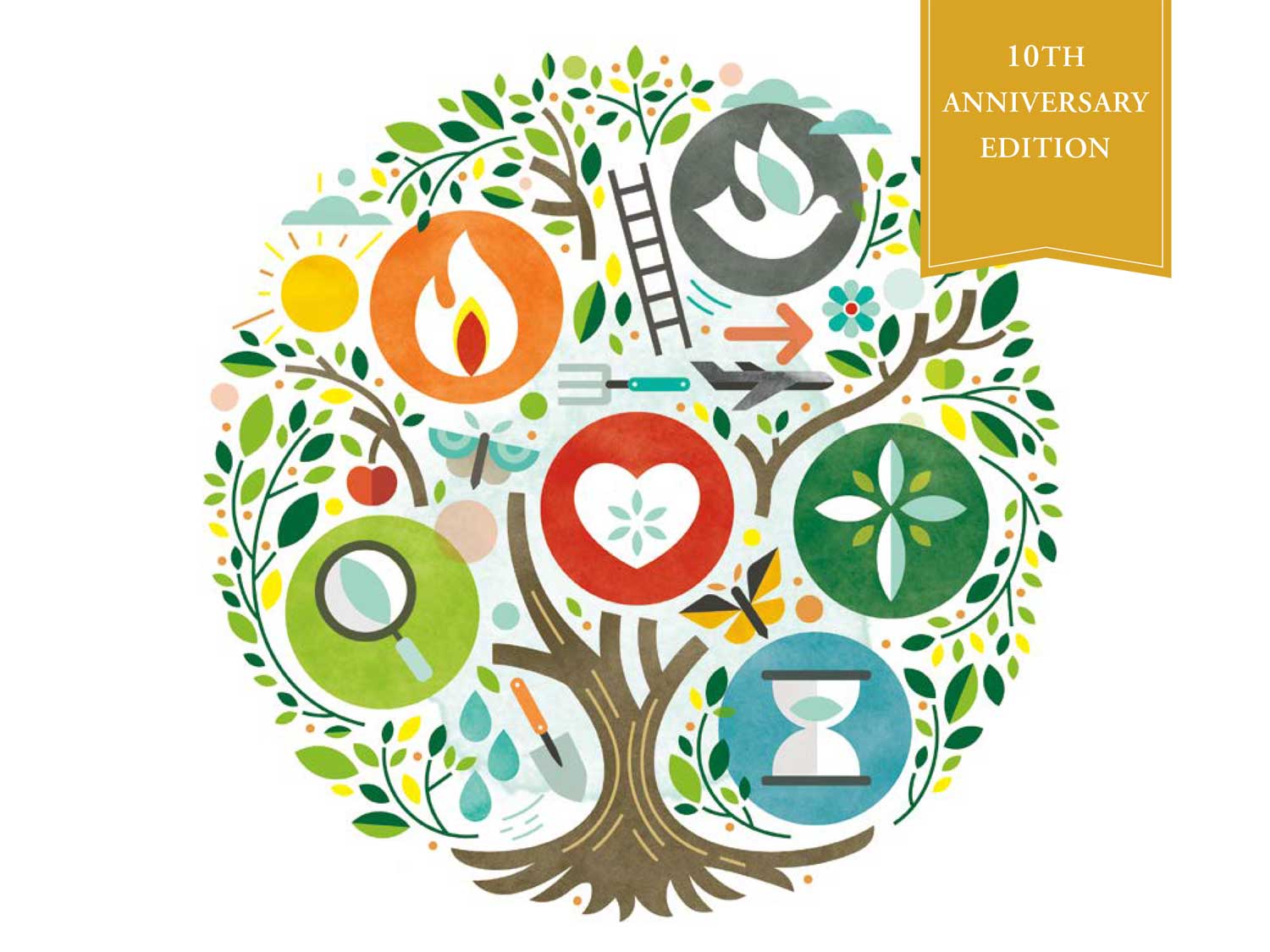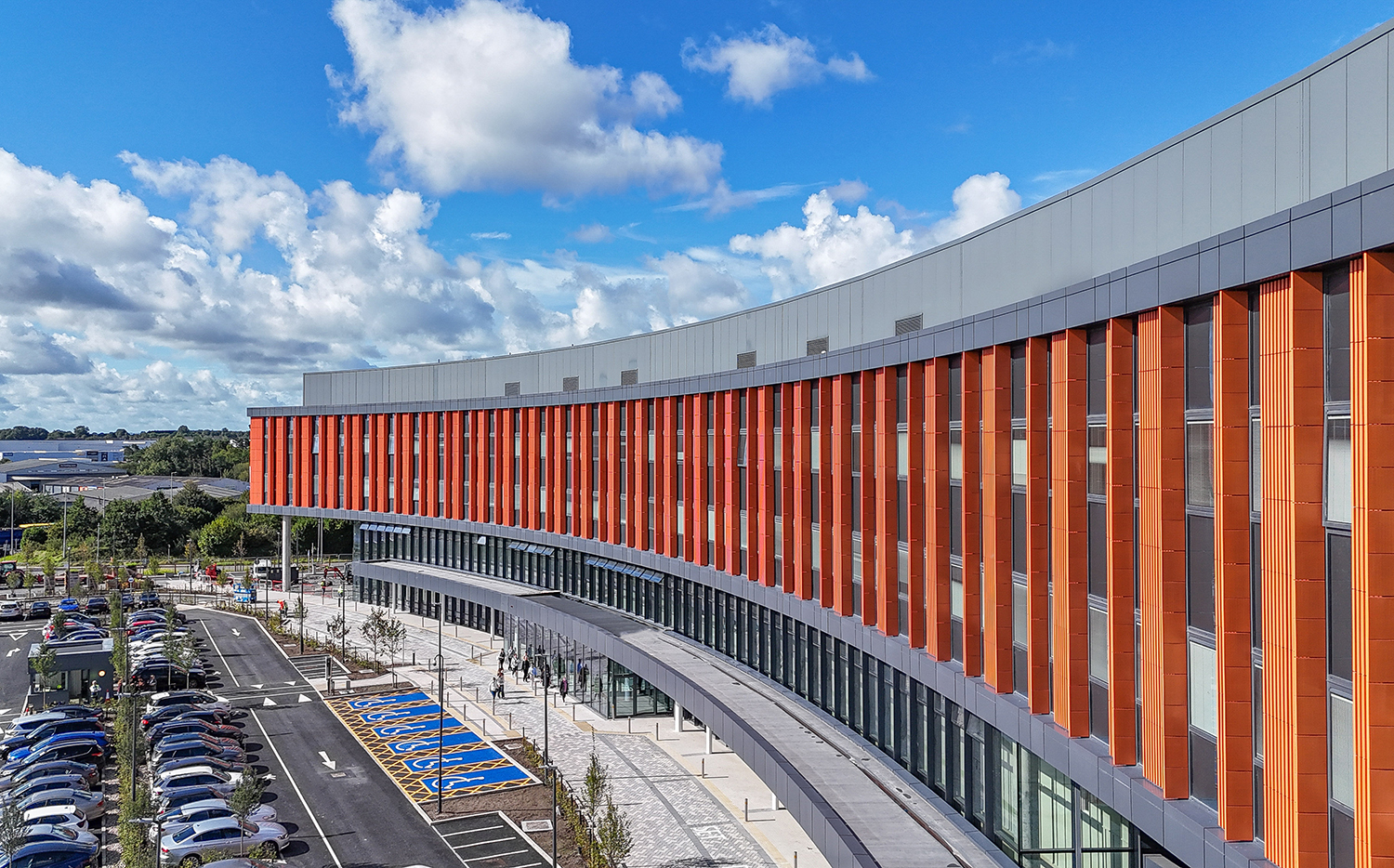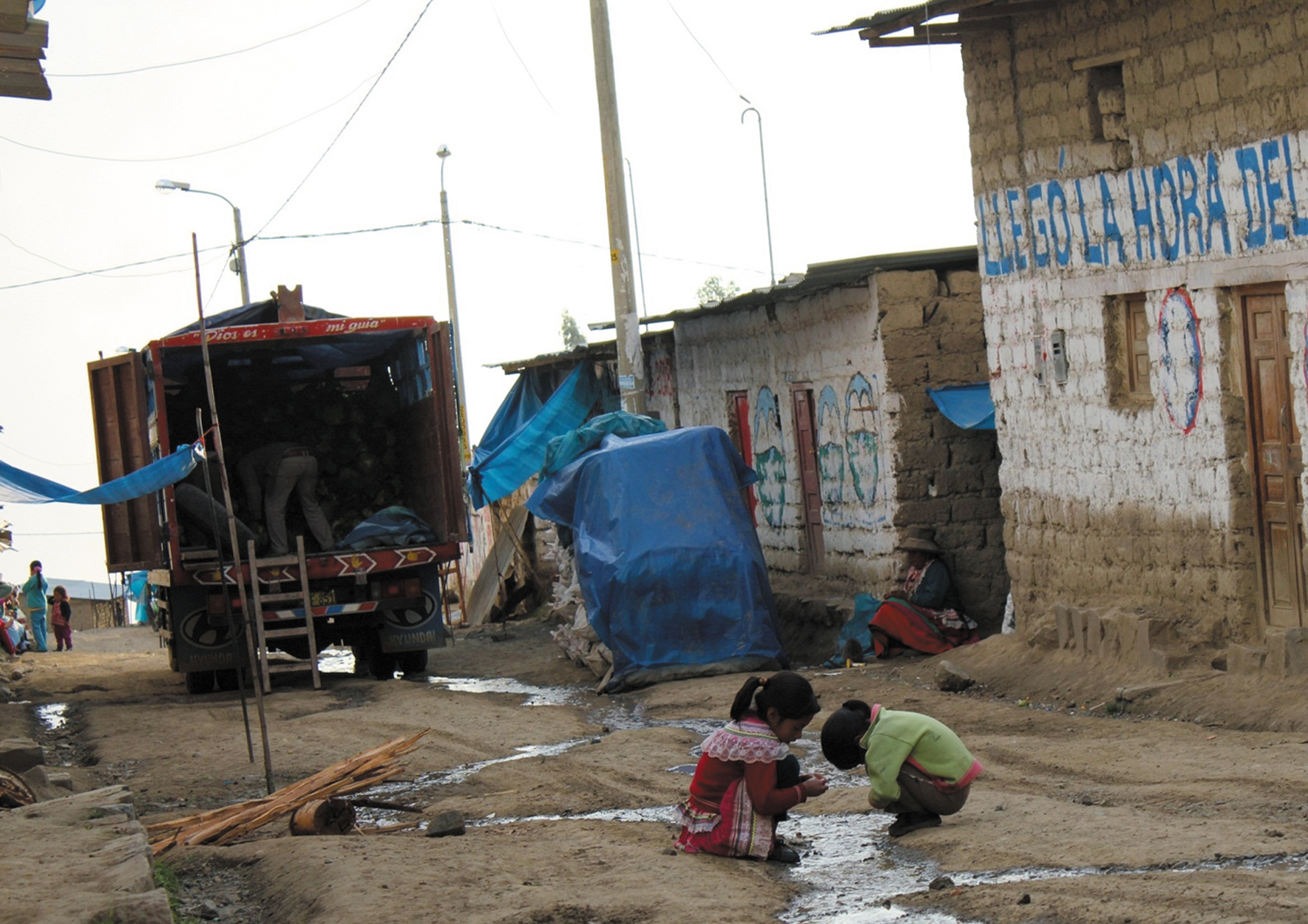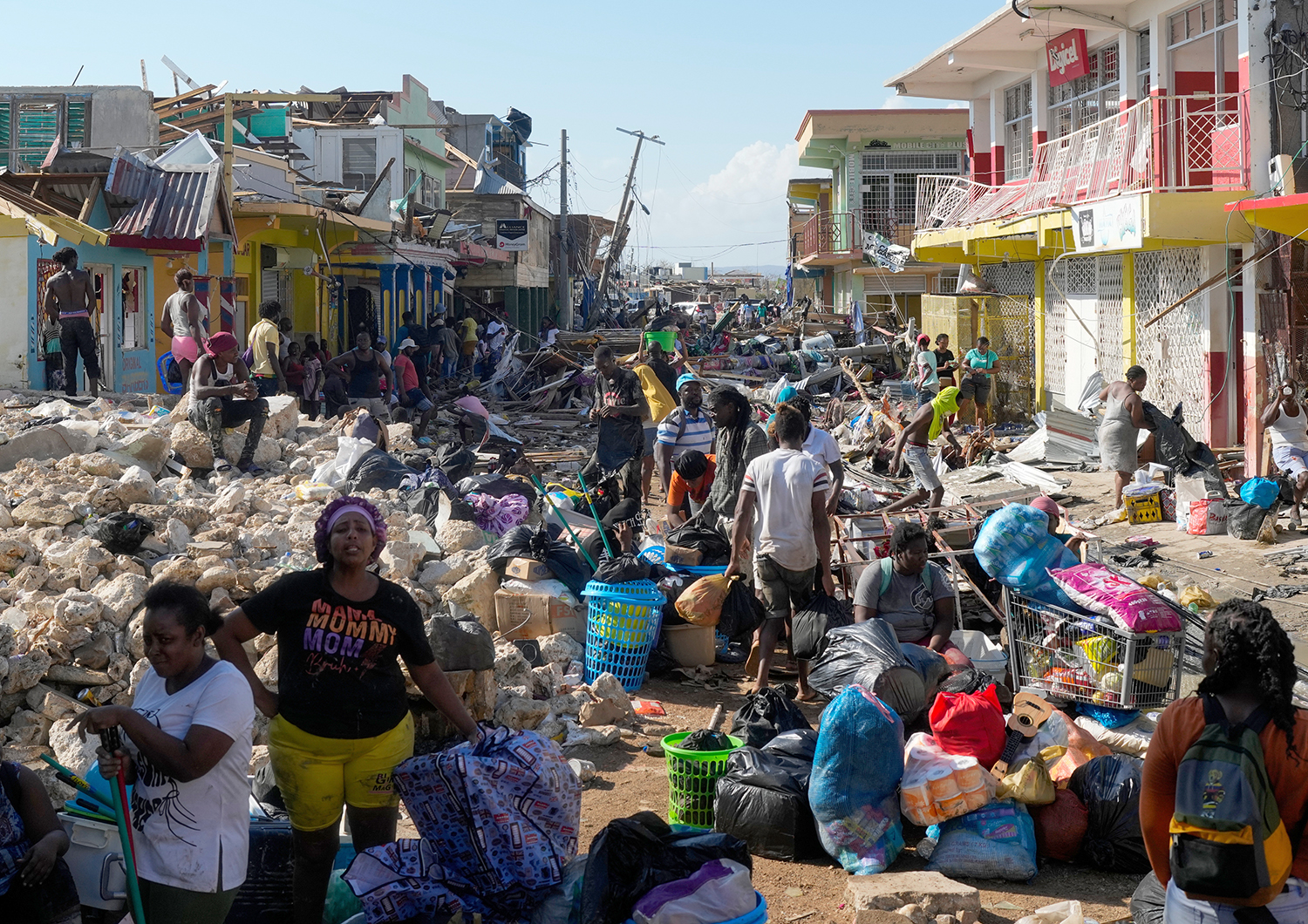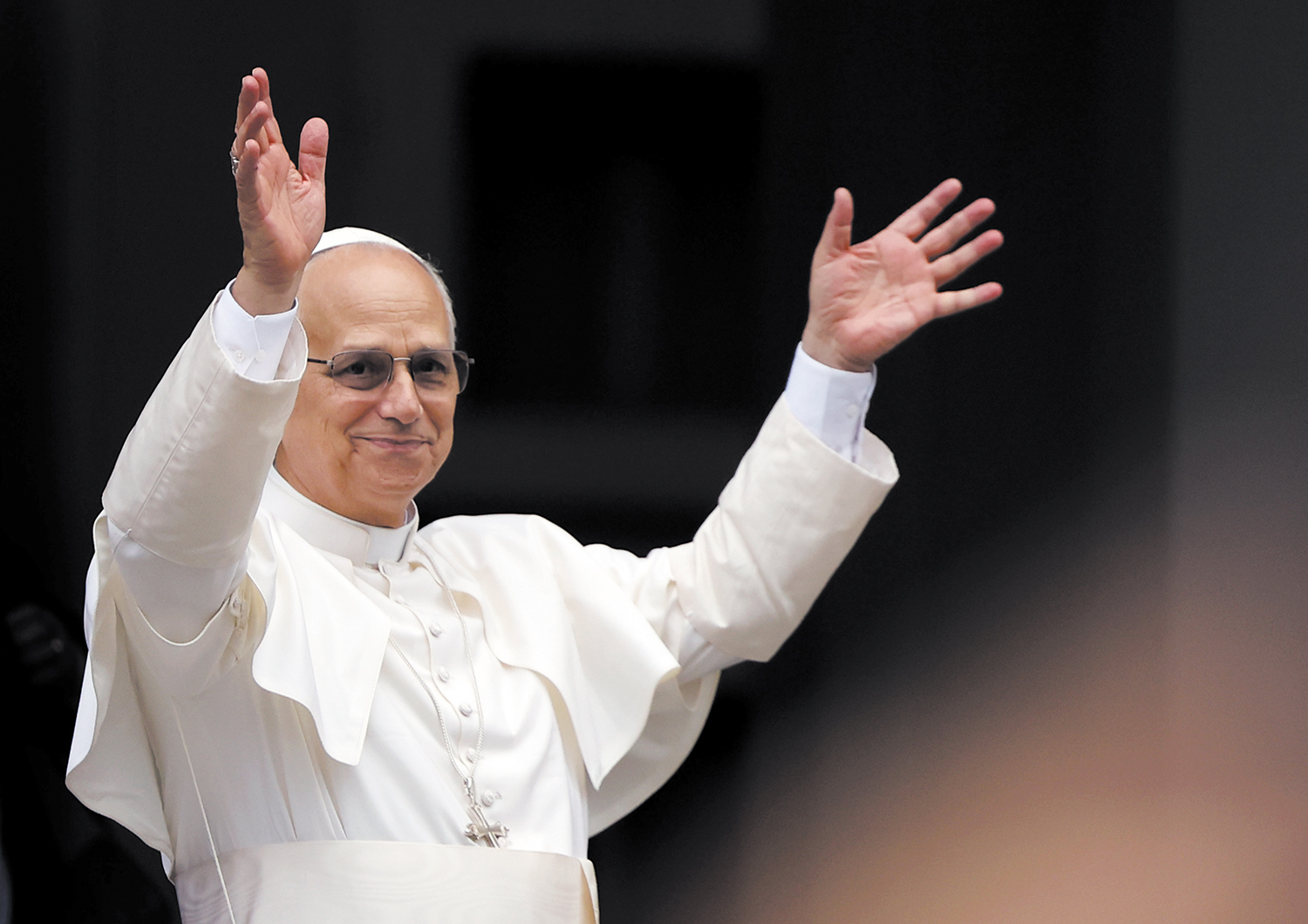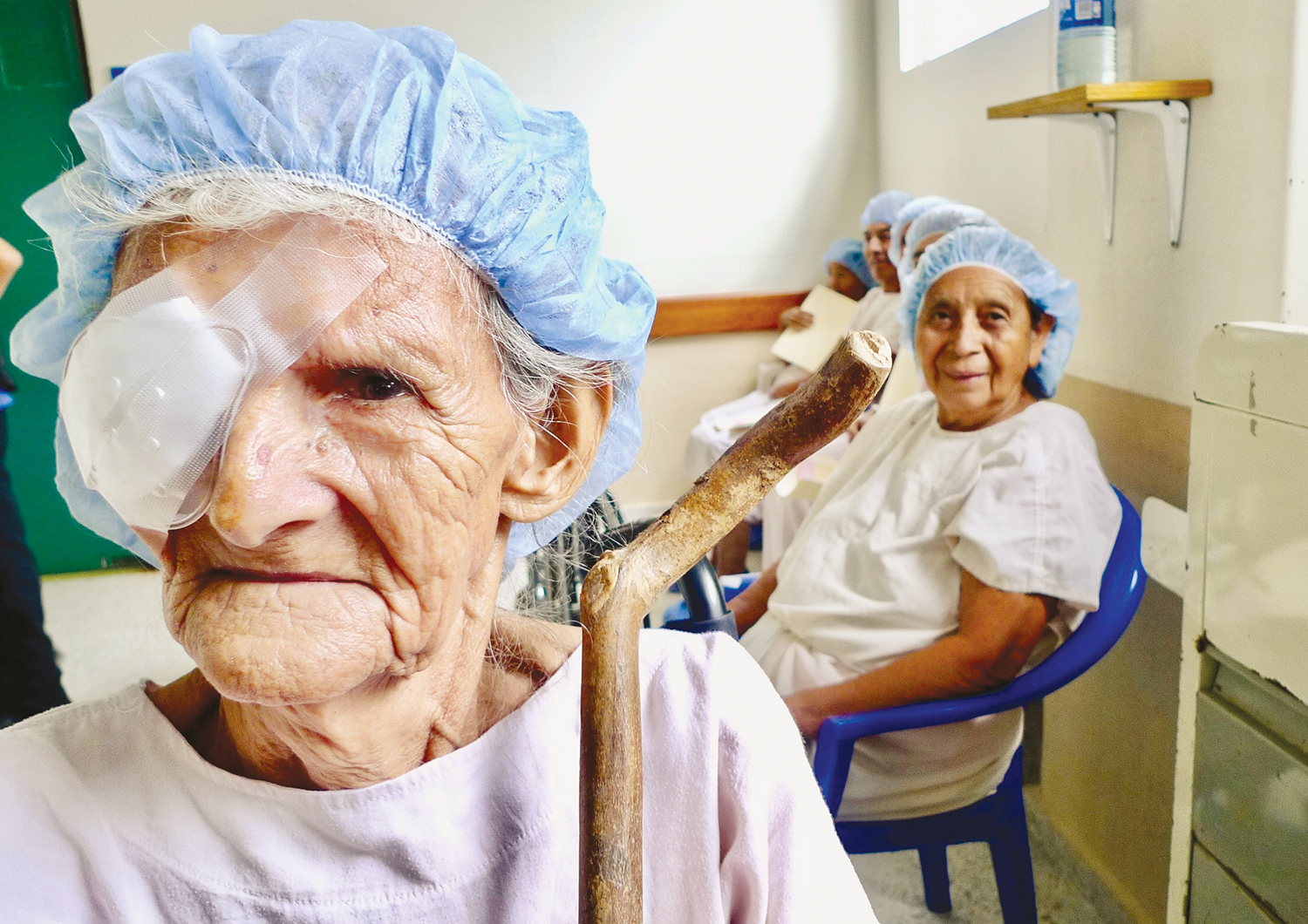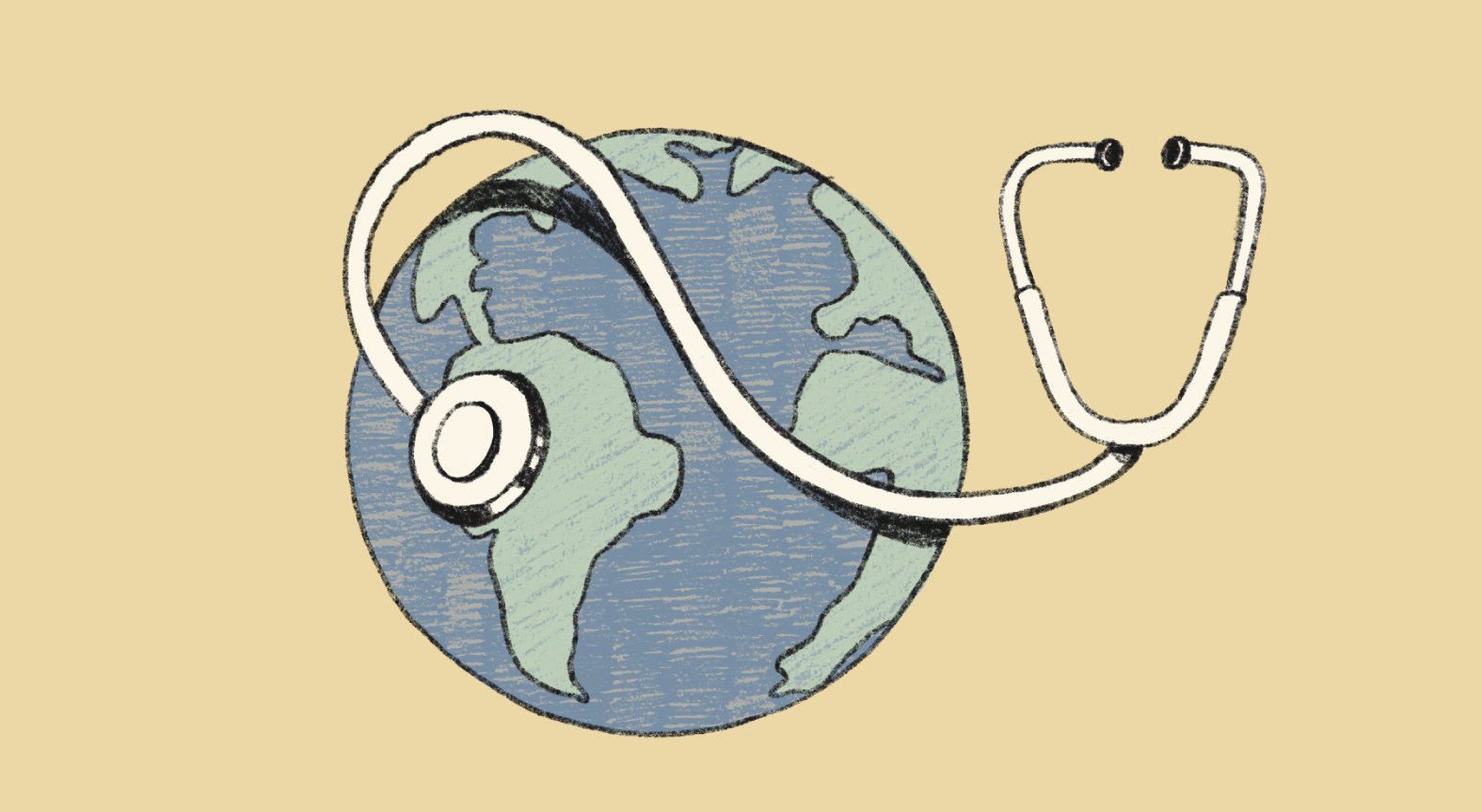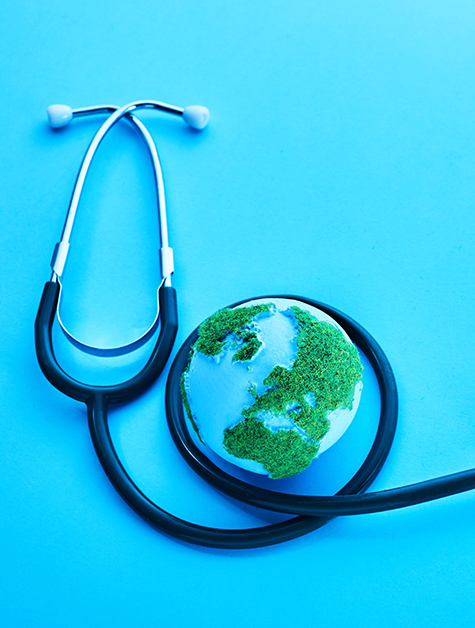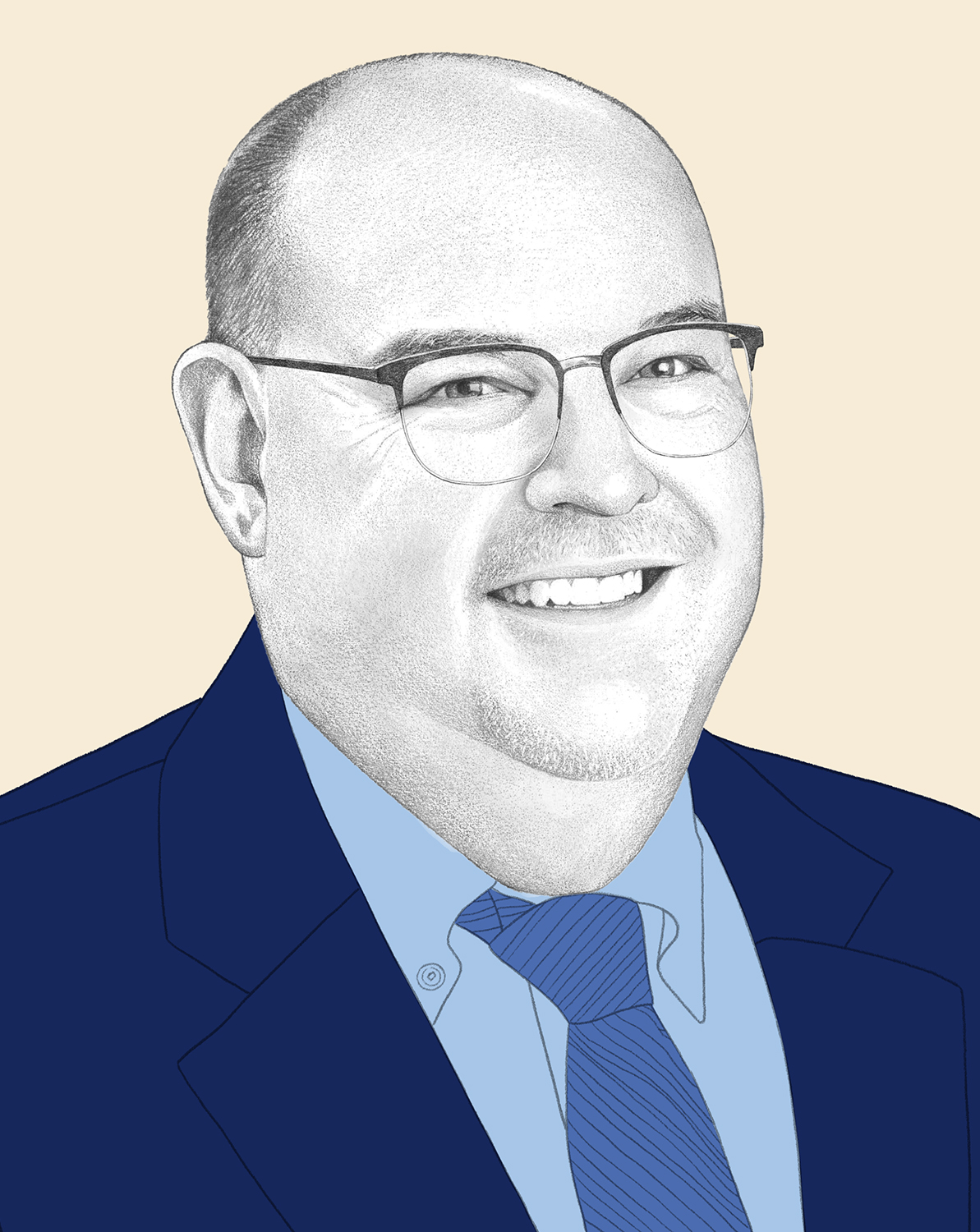CHA recognizes that the need for solidarity, justice and healing in today’s world knows no borders. Our global health programs focus on providing resources and convening members, NGOs, international organizations, and the Church to improve access to health care worldwide and help establish best practices for people and organizations of goodwill across the globe.
FOCUS AREAS GLOBAL HEALTH
CHA supports members, partnering organizations and the church in a global mission of healing through research, education, consultation and collaboration.
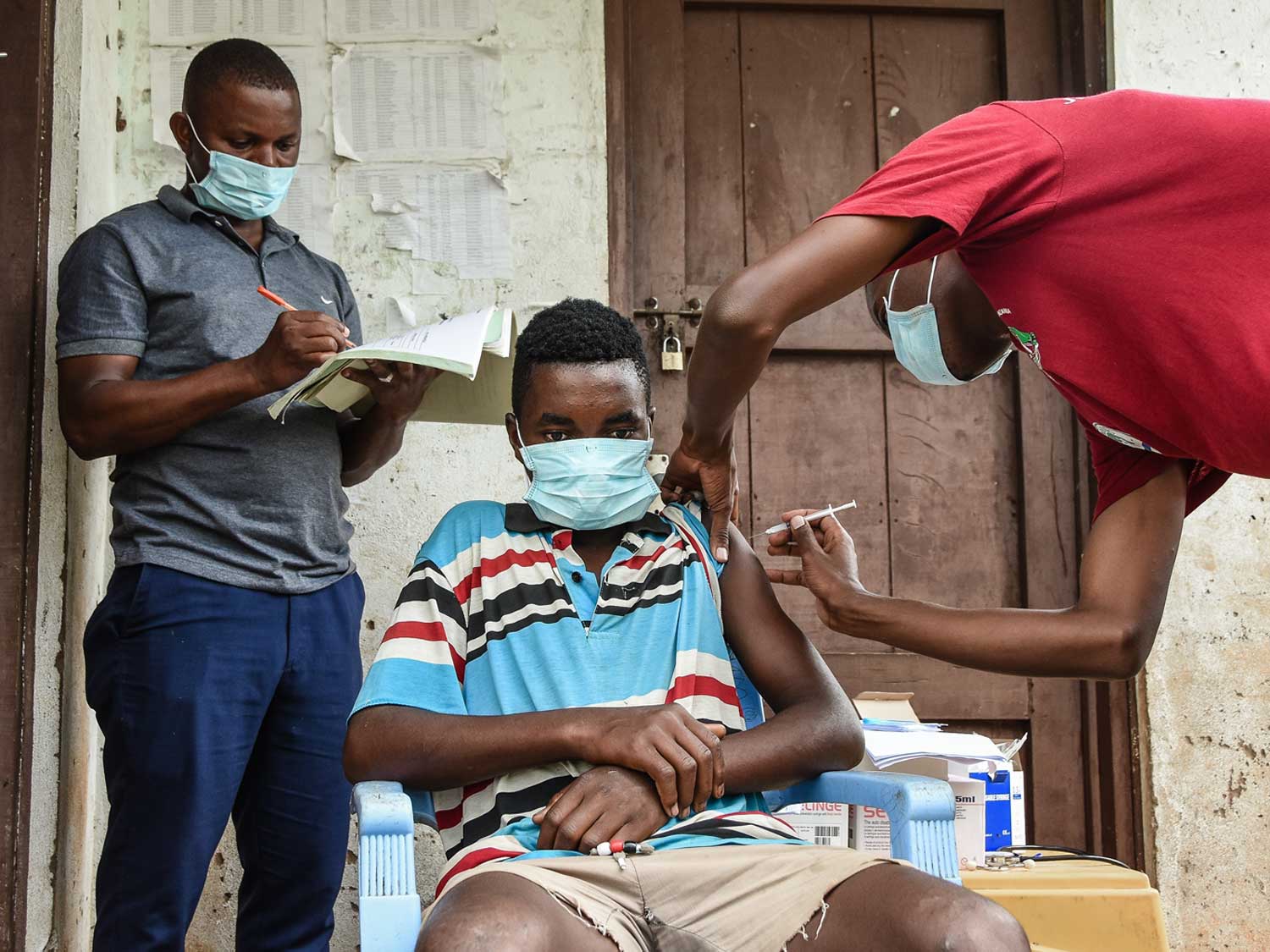

.jpg?sfvrsn=ac9d3559_3)
.jpg?sfvrsn=8ade134b_1)
